
Palm Tree Removal Tweed Heads: What You Should Know
Looking for palm tree removal in Tweed Heads? Our experts offer safe, eco-friendly solutions. Get a free consultation today and experience hassle-free removal.

Looking for palm tree removal in Tweed Heads? Our experts offer safe, eco-friendly solutions. Get a free consultation today and experience hassle-free removal.
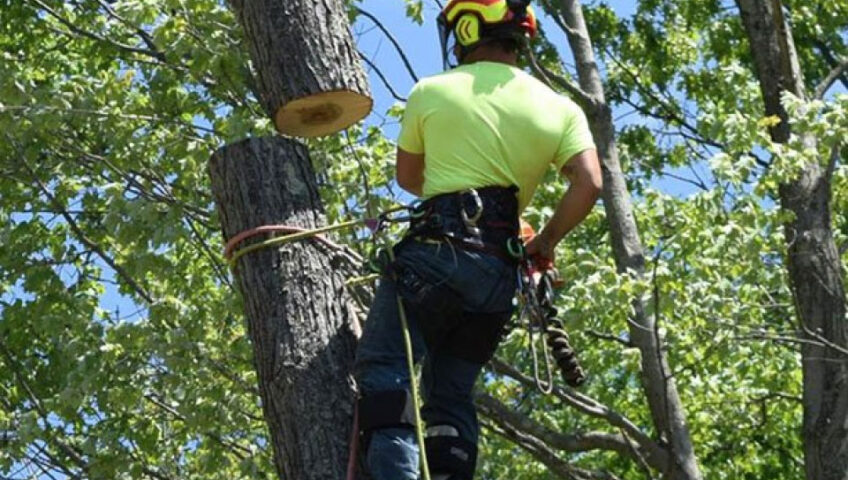
Looking for reliable Arborists in Gold Coast? Our certified experts provide top-notch tree care, preservation, and emergency services. Trust the guardians of your trees for a healthier, safer environment.
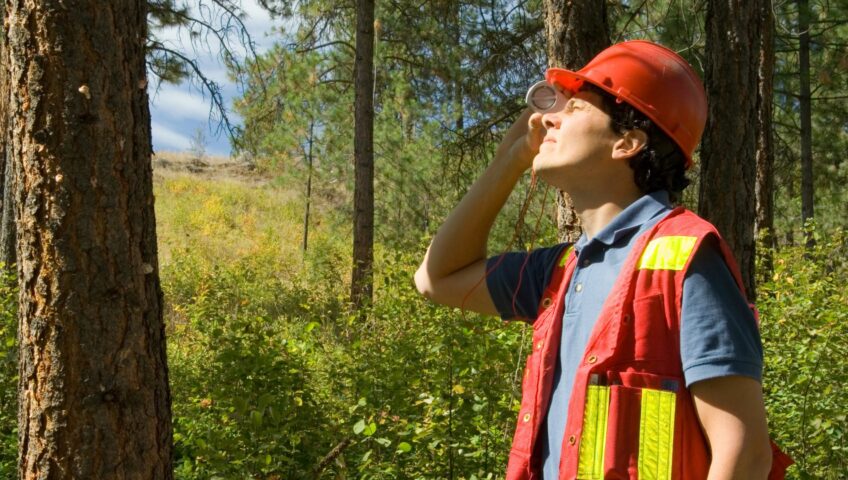
Welcome to Tweed Heads’ premier destination for comprehensive tree services. Our certified arborists specialize in tree removal, pruning, and emergency services. Whether you’re dealing with storm-damaged trees or need expert guidance on tree preservation, we’ve got you covered. Explore sustainable tree care practices and get a free estimate today.
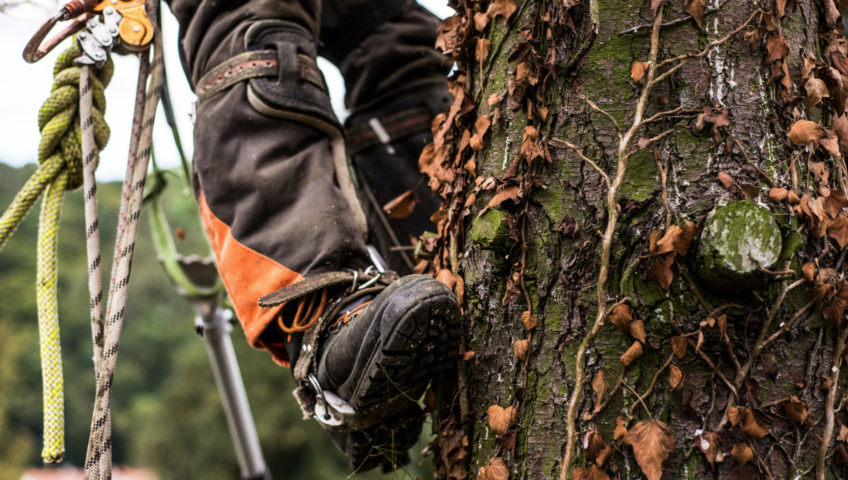
Explore the art of Tweed Heads tree removal, balancing eco-friendliness, cost-efficiency, and safety. Unearth the secrets to a pristine landscape.
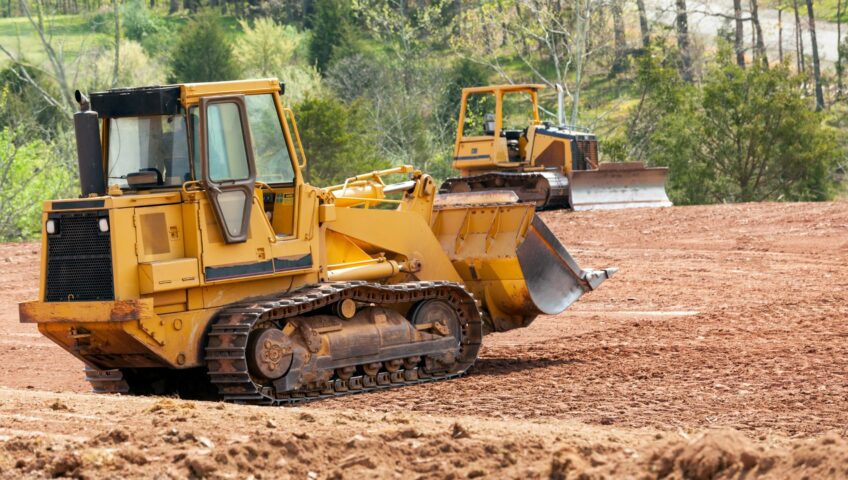
Are you curious about Gold Coast Land Clearing? Uncover the reasons behind it and the best methods. Your ultimate guide awaits.

Master the art of tree pruning on the Gold Coast. Our expert tips ensure healthy, vibrant trees. Start your journey to greener gardens now.
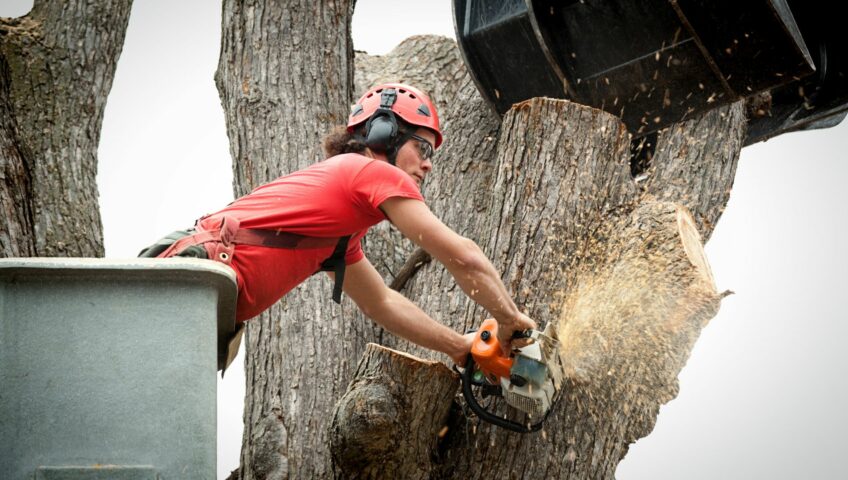
Explore the world of Professional Killick Tree Management. Our certified arborists guarantee tree health, safety, and increased property value. Learn more!
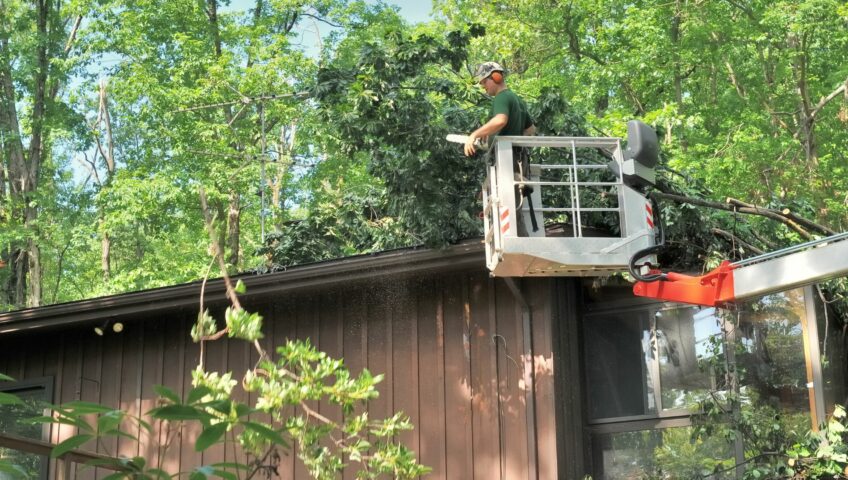
Looking for top-notch tree removal in Gold Coast? Our experts provide safe and affordable solutions. Discover the best methods and cost estimates here!
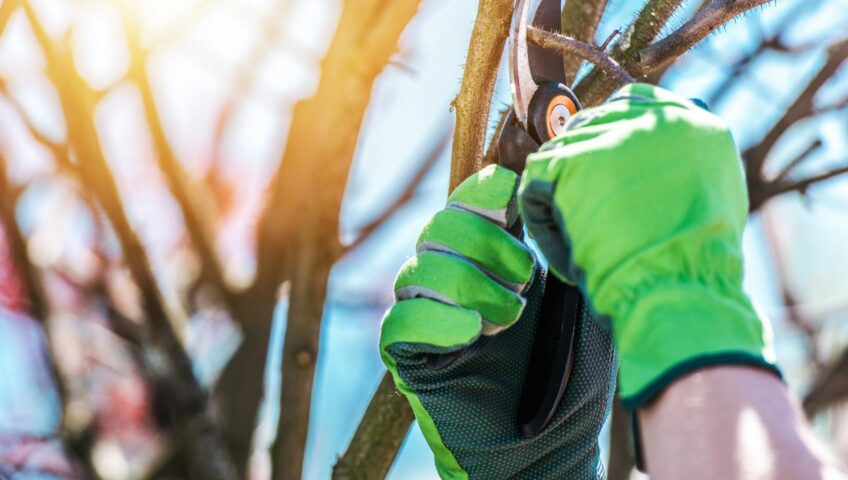
If you’re a proud homeowner in Tweed Heads, NSW, Australia, you likely understand the importance of maintaining the beauty and health of your property’s trees. With the lush landscapes and picturesque surroundings that Tweed Heads offers, it’s no wonder that tree care is a top priority for many residents. However, in the pursuit of saving time and money, many homeowners attempt to trim their own trees without realizing the potential pitfalls that can arise from improper techniques. In this article, we’re going to explore the six biggest mistakes that homeowners often make when taking matters into their own hands and why it’s often best to leave tree trimming to the professionals.
Over-pruning, often referred to as “topping,” is a practice where excessive branches are removed, leaving the tree with an unnatural appearance. Many homeowners mistakenly believe that aggressive trimming will result in healthier growth. However, this misconception couldn’t be further from the truth. Over-pruning weakens the tree’s structure, making it susceptible to diseases, pests, and environmental stressors. Different tree species have unique growth habits, and understanding these habits is crucial to maintaining their health. For instance, some trees, like oak or maple, should be pruned during specific seasons to prevent bleeding sap and ensure proper healing.
Pruning cuts come in various forms – heading cuts, thinning cuts, and more – each serving specific purposes. Making improper cuts can have dire consequences for your tree’s well-being. For instance, heading cuts, which involve removing the terminal bud, can lead to unbalanced growth and weak branches. Thinning cuts, when not executed correctly, can disrupt the tree’s natural form and expose it to potential diseases. It’s essential to use the right tools for the job, such as sharp and clean pruning shears, and to learn about the proper techniques for different types of cuts. Hiring a professional arborist for tree trimming services can save you time, stress, and potential damage to your trees.
Safety should always be a top priority when engaging in tree trimming activities. Many homeowners underestimate the risks involved in working at heights without proper equipment. Neglecting safety gear such as gloves, helmets, and eye protection can result in serious injuries. Climbing trees without the right training and equipment is a recipe for disaster. For high-risk trimming jobs, it’s advisable to consult professionals who are equipped with the necessary tools and expertise to handle the task safely. While DIY projects can be rewarding, risking personal safety is never worth it. Professional tree services not only prioritize safety but also bring years of experience to the table.
Timing is everything when it comes to tree trimming. Trimming your trees at the wrong time of the year can have negative effects on their health and growth. Different trees have different growth patterns and preferred pruning times. For example, deciduous trees are best pruned during their dormant season, while spring-flowering trees should be trimmed right after they bloom. Proper timing ensures minimal stress on the tree and encourages healthy regrowth. Researching the appropriate time to trim specific tree species in your area is crucial. If you’re uncertain about the timing, consulting a professional arborist can provide expert guidance based on your local climate and tree species.
Trimming a tree without considering its overall health can exacerbate existing pest and disease issues. Unidentified infestations can spread rapidly when affected branches are pruned and not properly disposed of. To avoid unintentionally spreading pests and diseases, it’s essential to recognize the signs of these issues before initiating any trimming. If you notice discolored leaves, unusual patterns of damage, or signs of decay, consulting an arborist is a wise choice. Arborists can assess the tree’s health, recommend appropriate treatments, and provide guidance on whether trimming is necessary or if other measures should be taken to address the issue.
Trees are living organisms that continue to grow and evolve over time. Trimming without considering the long-term growth patterns of your trees can lead to structural problems down the road. Improper trimming can cause weak branch attachments and encourage the growth of undesirable shoots. It’s essential to understand the natural growth habits of your trees and strategically prune to promote healthy growth. This includes considering factors such as the tree’s dominant leader, maintaining balanced branch distribution, and ensuring that the tree’s overall shape remains intact. Consulting an arborist can help you develop a pruning plan that aligns with your tree’s long-term growth needs.
In conclusion, while the DIY spirit is admirable, when it comes to tree trimming, it’s often wiser to trust the experts. Killick Commercial Tree Service Gold Coast and Tweeds Heads brings years of experience, knowledge, and a passion for trees to Tweed Heads, NSW, Australia. We offer a range of services beyond tree trimming, including tree removal, land clearing, stump grinding, and more. Remember, your trees deserve the best care, and Killick Tree Management is here to provide it. Get in touch for a free quote and let the professionals make your trees thrive in the lush landscapes of Tweed Heads. After all, it’s not just about trimming trees – it’s about nurturing nature.
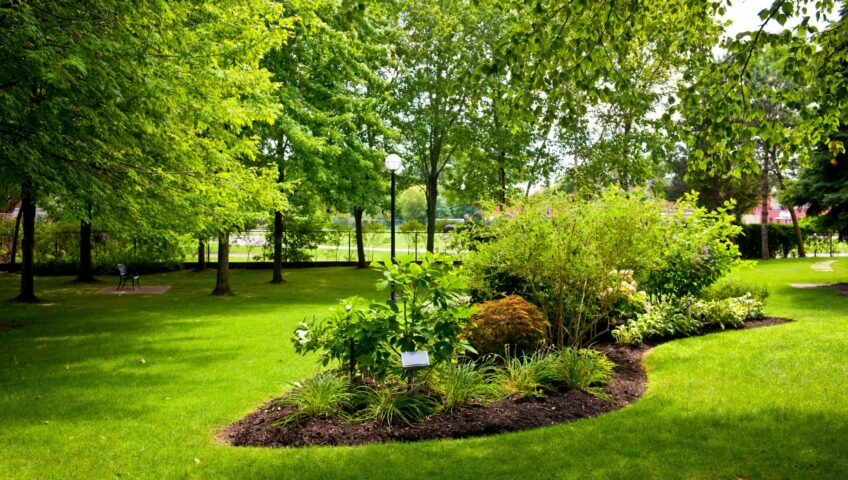
Hey there, folks in Tweed Heads and the Gold Coast region! With storm season on the horizon, it’s time to batten down the hatches and get your yard in shipshape condition. Storms can be wild, unpredictable forces of nature, and the last thing you want is for your yard to turn into a battleground of flying debris and uprooted trees. But don’t fret; we’ve got your back. Whether you’re in Tweed Heads or anywhere along the Gold Coast in Australia, Killick Tree Management is here to share the Top 10 Tips for Preparing Your Yard This Storm Season.
Before we dive into the nitty-gritty, let’s set the stage. Storms, especially in coastal regions like Tweed Heads, can wreak havoc on your property. If your trees need some TLC before the storm season hits, don’t hesitate to ask for a free quote on our Residential or Commercial Tree Services. Now, let’s get into the tips!
Storms and Debris: A Messy Affair
When storm clouds gather on the horizon, it’s time to roll up your sleeves and tackle the mess that might become a flying hazard during the tempest. In our beautiful coastal region of Tweed Heads, where storms can be as wild as the sea, taking precautions is not just a good idea – it’s a necessity. Picture this: powerful winds whipping up branches, leaves, and loose debris, transforming them into projectiles that can wreak havoc on your yard and surroundings. As the wind howls and nature puts on a tumultuous show, your yard shouldn’t be a stage for flying debris and potential danger.
So, what’s the first step in gearing up for this stormy showdown? Clearing debris, of course. This isn’t your typical tidying-up; it’s a preemptive strike against the elements that could turn innocent twigs into missiles. Imagine the wind as an unruly guest at a party – you wouldn’t want it to find loose objects to toss around, right?
Imagine your yard as a blank canvas, ready to be safeguarded from the upcoming tempest. Fallen branches, leaves, and other detritus that have accumulated over time can swiftly transform into menacing projectiles when the storm hits. Your trusty rake becomes your ally in this battle – wield it with determination and gather up the debris, liberating your yard from potential hazards.
However, don’t stop at mere surface cleaning. We at Killick Tree Management suggest delving deeper. It’s time to cast your gaze upward, toward those graceful trees that sway in the breeze. While they might be your companions on sunny days, they can become sources of peril during storms.
This is where the professionals step in – they can inspect your trees, pinpointing weak branches that might snap during a storm. These branches might be hanging perilously over your home, your vehicle, or even your neighbor’s property. Think of it as having a secret weapon against potential damage.
Rather than waiting for disaster to strike, take the reins by trimming those problematic branches. It’s akin to giving your trees a rejuvenating spa treatment, ensuring their well-being and security while preserving their natural allure. By the time the storm makes its entrance, your yard will be primed – free from debris and fortified to withstand whatever nature has in store.
Remember, a storm can serve as a litmus test for preparedness, and a well-maintained yard is your armor. With a blend of debris clearance and strategic tree trimming, you’ll be arming your property against the capricious elements. So, gather your tools, adopt a determined stance, and seize control of your yard’s fate. When the storm eventually arrives, your yard will stand strong, a testament to the power of preparation.
Furniture Takes Flight
Outdoor furniture, like chairs and tables, can easily take flight during a storm. If you love your garden gnome or that decorative wind chime, anchor or store them safely.
Fences: Hold the Line!
A damaged fence during a storm can lead to trouble. Inspect your fences and outdoor structures for weak points and fix them up. If you’re unsure, our Specialist Tree Services can help with an assessment.
Gutters Gone Wild
Gutters play a crucial role in stormwater management. Clean them out to ensure proper drainage, and remember that water pooling near your foundation can lead to flooding. Regular maintenance can be a lifesaver.
The Tools of the Trade
Garden tools and equipment, when left scattered, can become missiles during a storm. Store them securely in a waterproof location.
Plants: Bend but Don’t Break
Plants are resilient, but they need a helping hand sometimes. Trim overgrown branches and dead foliage to reduce the risk of breakage. Staking tall plants can prevent them from bending or falling over in strong winds.
Don’t Let It Wash Away
Heavy rainfall can wash away your precious topsoil. Ensure that mulch is properly laid and compacted to prevent erosion.
Drainage Drama
Inspect your drainage systems like ditches and drains. They should be clear of debris to work effectively. If your yard is prone to water accumulation, consider improving drainage paths.
Lightning Strikes
In areas prone to lightning storms, consider installing lightning rods. Protect your trees and structures from lightning strikes that can cause fires or damage. Killick Tree Management is here to ensure the safety of your outdoor space.
Stay Informed, Stay Safe
Lastly, don’t forget the importance of staying informed. Develop a plan for staying updated on approaching storms through weather alerts. Establish a communication plan with your family and neighbors in case of emergencies. It’s all about keeping your loved ones safe.
Q1: How often should I trim my trees before the storm season?
Arborist Tweed Heads advises getting your trees trimmed at least once a year, preferably before storm season. However, if you notice overhanging or weak branches, don’t wait – get them trimmed immediately.
Q2: What should I do if I don’t have space to store outdoor furniture?
If space is limited, consider anchoring your outdoor furniture securely.
Q3: How do I know if my soil’s drainage is sufficient?
You can conduct a simple drainage test by observing how water runs off after light rainfall. If you notice pooling or slow drainage, it’s time to improve your yard’s drainage.
Q4: Are there certain plants that are more resistant to storms?
Yes, some plants are more storm-resistant than others. Native plants adapted to the local climate and conditions tend to fare better. Killick Tree Management can provide guidance on selecting storm-resistant plants for your yard.
Q5: What should be included in a family communication plan for storms?
Your family communication plan should include emergency contacts, meeting points, and evacuation procedures. It’s crucial to practice this plan with your family to ensure everyone knows what to do in case of a storm emergency.
In conclusion, preparing your yard for the storm season is not just about aesthetics; it’s about safety and protecting your property. Killick Tree Management is here to assist you with all your tree-related needs in Tweed Heads and the Gold Coast region. So, follow these tips, stay safe, and let’s weather the storm together!